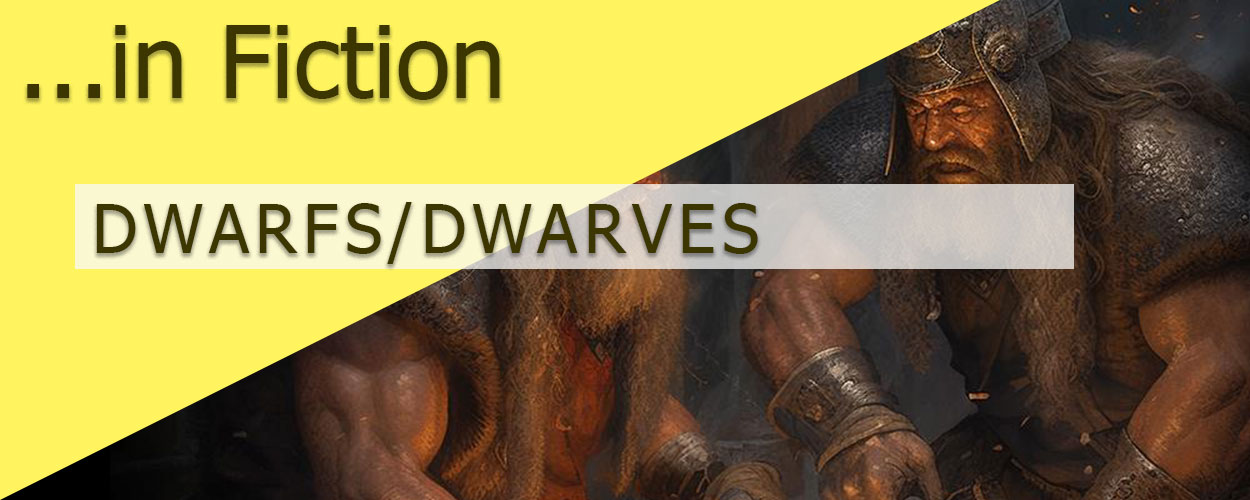

Posted: September 10, 2024
Dwarves are present in many different cultures in history, and have been depicted in a variety of ways, but one thing remains prevalent—their build. Dwarves are typically short and stocky. Often, they live underground. They’re miners, builders, crafters—skilled workmen and women.
I haven’t read a lot of books featuring them, but this is how I’ve always found them. They add a hint of flavour to most medieval (or even contemporary) fantasy stories!
This is the first series I read that included dwarves, and they are exactly what you expect. They are short and stout, they live underground in the mountains, they are gruff, and they typically keep to themselves.
Highly skilled weapon and armour crafters, they are revered for their skill, but otherwise they aren’t very respected by other races in the land of Alagaësia. Nonetheless, this depiction of dwarves is the most common way they are included in books, and you can never go wrong there.
In this series, dwarves are also known as “dark elves”, as in Norse mythology. They are known to be shorter than humans, but not by much. One of the main characters (who is a dwarf) is just over five feet tall, short for a full grown man, but not in a way that he’ll stick out.
This character, Blitzen, despite being a dwarf, is not very good at crafting. He’s more of a fashion designer, and this makes him a bit of an outcast among his people. It’s only when he uses this skill when mixed with metalwork that he shows them his true value—armour smithing. I think this is an excellent way of taking the traditional lore and skewing expectations a little to make it unique.
This series is very much like a D&D campaign. The party includes a dark elf, a wood elf, a human, and a dwarf—all thrown together to complete their quest. The dwarf’s main weapon is a battleaxe, which suits his stature and strength perfectly. This is exactly what you expect from a dwarf in a fictional tale.
While keeping to the lore is fun—and many authors enjoy the rabbit holes that researching takes them down—I also think subverting a bit of expectations will really make your story shine. You can make your dwarves align to tradition and mythos, but how can you make them stand out? How can you make them unique?
Consider the purpose they play in your story. Are they background characters, or is there a main character or journey or lesson you want to include? A lot of the character in Rick Riordan’s Magnus Chase series, for example, are outcasts, and the point of the characters shows that they don’t need to prove themselves or conform to society in order to find their places in the world. They just need to be themselves. Perhaps your dwarf character does the same.
Angels & Demons in Fiction
Deities in Fiction
Dragons in Fiction
Dwarves in Fiction
Dystopia in Fiction
Elves in Fiction
Fast Burn in Fiction
Heroes in Fiction
Love Triangles in Fiction
Magic in Fiction
Mythical Creatures in Fiction
Orcs in Fiction
Powers in Fiction
Pregnancy in Fiction
Propaganda in Fiction
Prophecies in Fiction
Romance in Fiction
Shapeshifters in Fiction
Slow Burn in Fiction
Vampires in Fiction
Vampires in Fiction II
Villains in Fiction
Werewolves in Fiction
Witches & Warlocks in Fiction
Tigerpetal Press is a small book press dedicated to publishing local authors and poets.